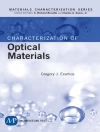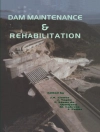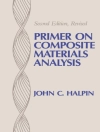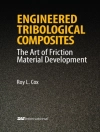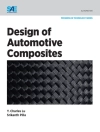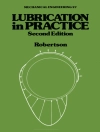This book is about the functions of technical artefacts, material objects made to serve practical purposes; objects ranging from tablets of Aspirin to Concorde, from wooden clogs to nuclear submarines. More precisely, the book is about usinganddesigningartefacts, aboutwhatitmeanstoascribefunctionstothem, and about the relations between using, designing and ascribing functions. In the following pages, we present a detailed account that shows how strong these relations are. Technical functions cannot be properly analysed without taking into regard the beliefs and actions of human beings, we contend. This account stays deceptively close to common sense. After all, who would deny that artefacts are for whatever purpose they are designed or used? As we shall show, however, such intentionalist accounts face staunch opposition from other accounts, such as those that focus on long-term reproduction of artefacts. These accounts are partly right and mostly wrong — and although we do take a common-sense position in the end, it is only after sophisticated analysis. F- thermore, the results of this analysis reveal that technical functions depend on a larger and more structured set of beliefs and actions than is typically s- posed. Much work in the succeeding pages goes into developing an appropriate action-theoretical account, and forging a connection with function ascriptions.
Зміст
Chapter 1 Introduction.- Chapter 2 Use, plans and designing.- 2.1 Artefacts and actions.- 2.2 Use plans.- 2.3 Planning in use.- 2.4 Designing plans.- 2.6 Standards for use plans.- 2.7 Evaluating artefact use and design.- Chapter 3 Function theories.- 3.1 Function theories for technical artefacts.- 3.2 The intentional function theory.- 3.3 Cummins.causal-role theory of functions.- 3.4 The evolutionist function theory.- 3.5 Combining the basic theories.- 4.1 A use-plan approach towards functions.- 4.2 Function ascriptions.- 4.3 Assessing the function ascriptions.- 4.4 Functional roles.- Chapter 5 Malfunctioning.- 5.1 The phenomenon of artefact malfunctioning.- 5.2 Having capacities versus exercising them.- 5.3 Artefact normativity.- Chapter 6 Engineering, science and biology.- 6.2 Engineering.- 6.3 Physics and chemistry.- 6.4 Biology.- 6.5 A biological and generalised ICE-theory.- Chapter 7 The nature of artefacts.- 7.1 Functions as conceptual drawbridges.- 7.2 Against function essentialism.- 7.3 Plan relativism.- 7.4 Useful and man-made materials.


